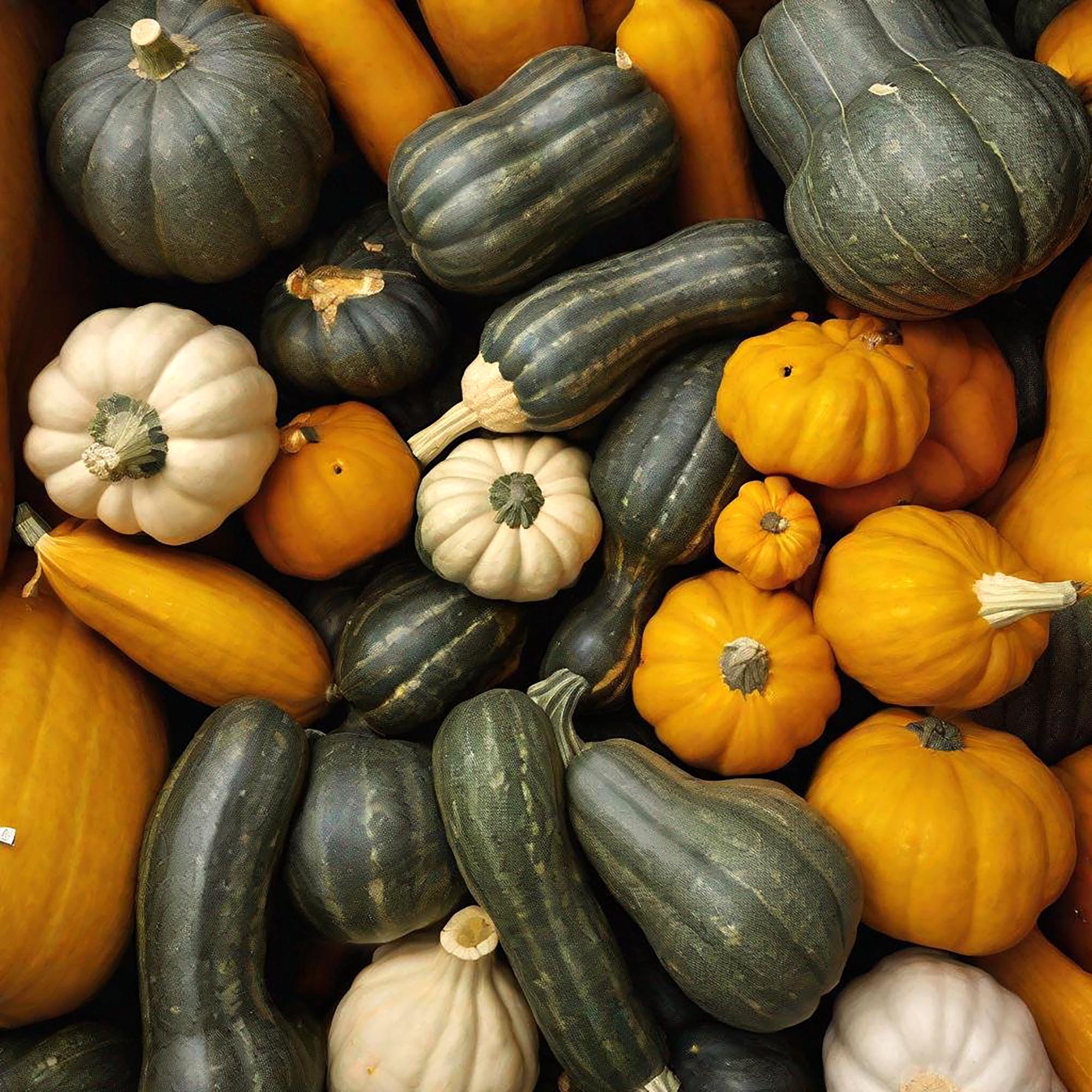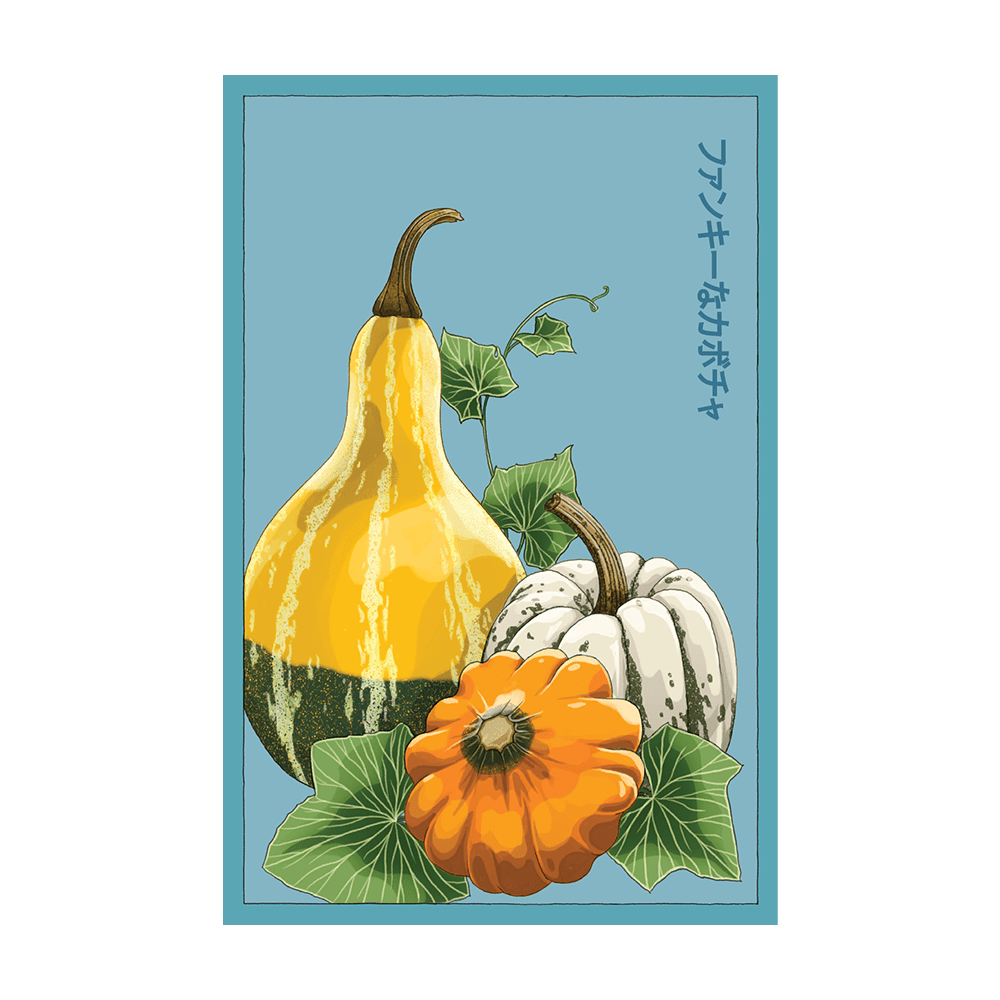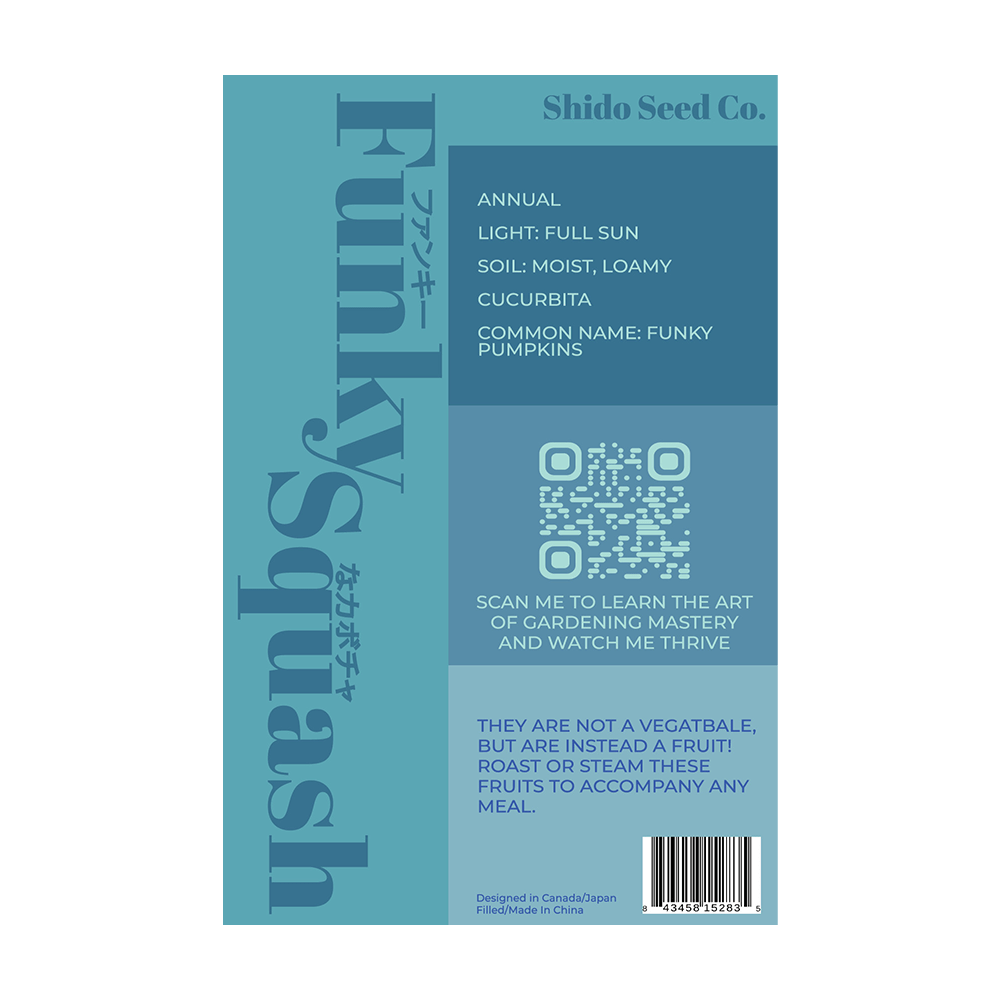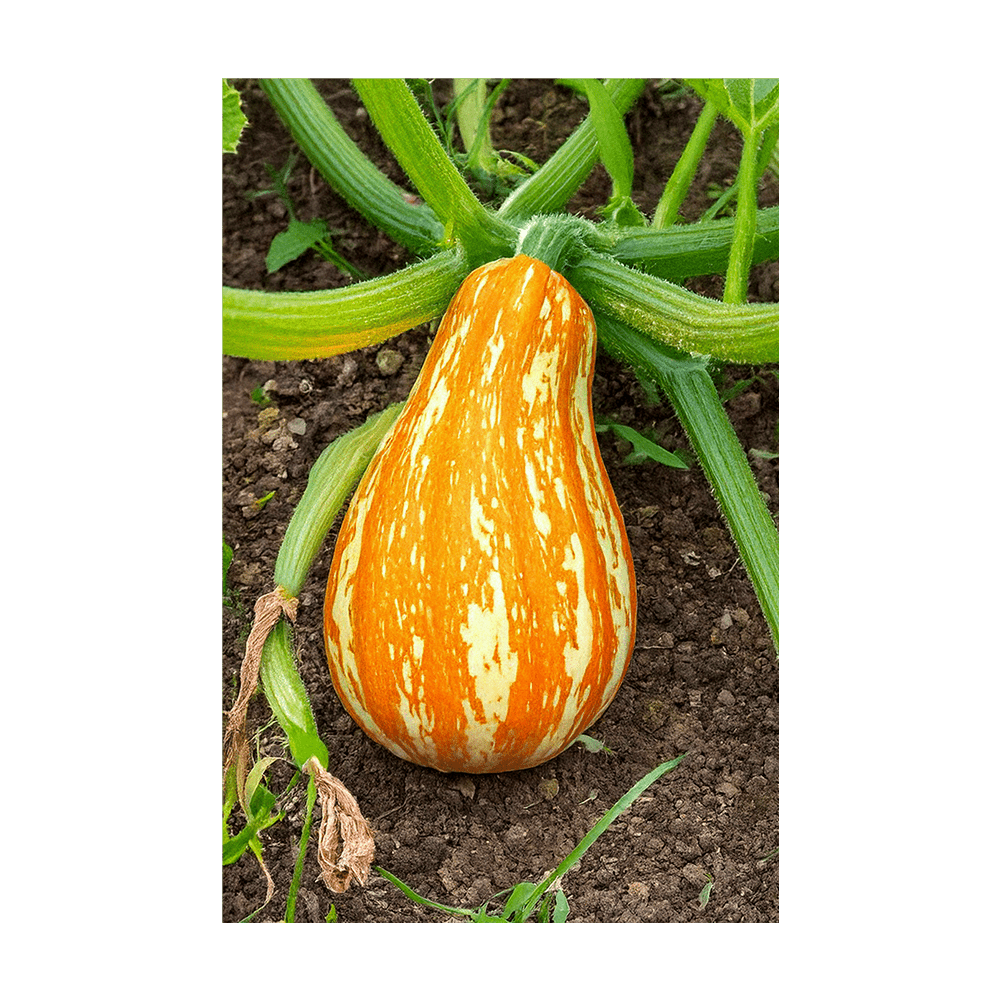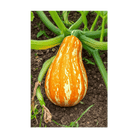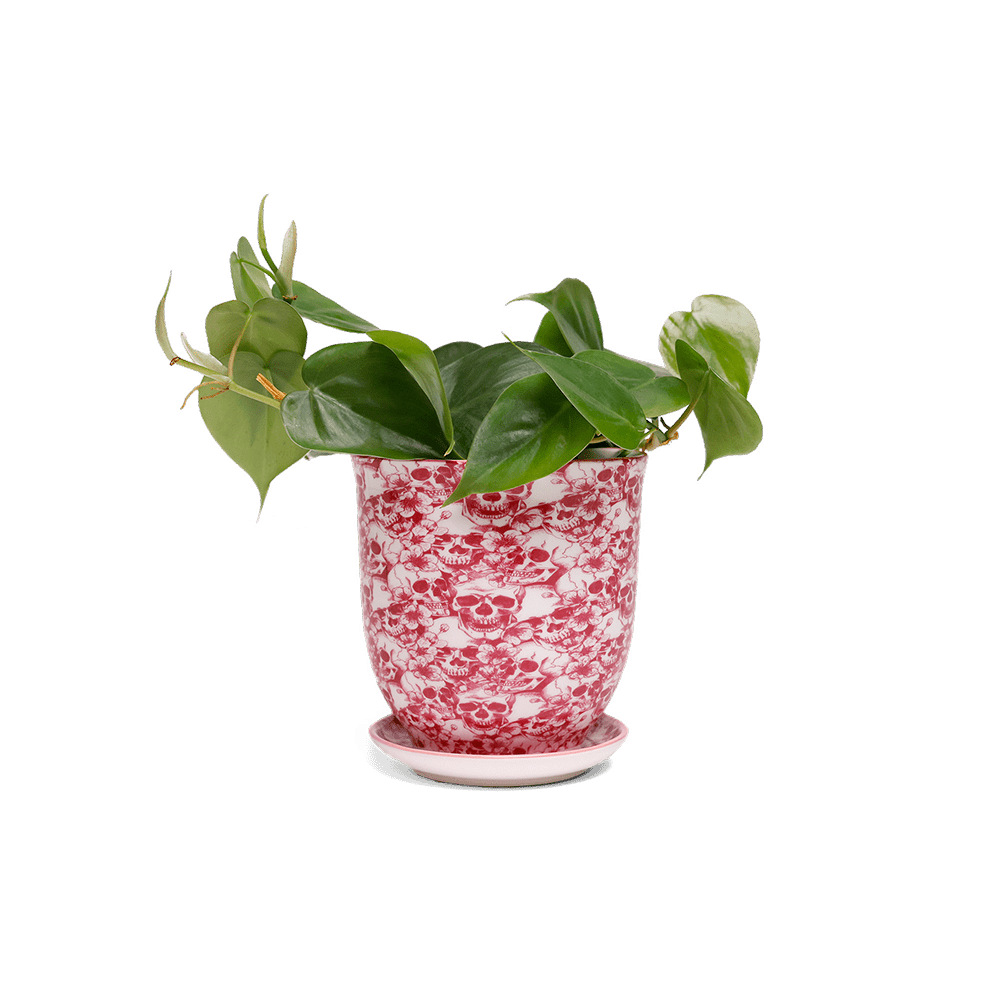Funky Squash Vegetable Seeds Packet
£1.70
Unit price
/
Unavailable
Couldn't load pickup availability
SKU: SEMNPU
We stand by the quality of our flower seed packets! With high germination rates and vibrant blooms, your garden is sure to flourish. If you're not completely satisfied, we’ll replace or refund—guaranteed!
Funky Squash Vegetable Seeds Packet
Why Shido Seeds Are the Best
Our flower and vegetable seeds are beautifully packaged little packets of magic. Guaranteed to turn your garden into the envy of the neighborhood. Get your hands dirty and let nature simply do its thing.
How to Plant Funky Squash from Seed
When to Plant Seeds
Preparing the Planting Site
Sowing Seeds
Transplanting Seedlings
Pro Tip
